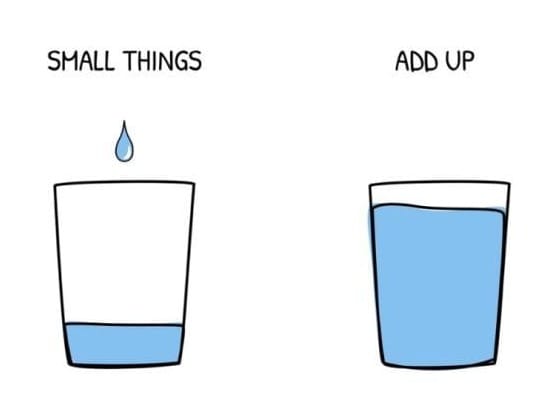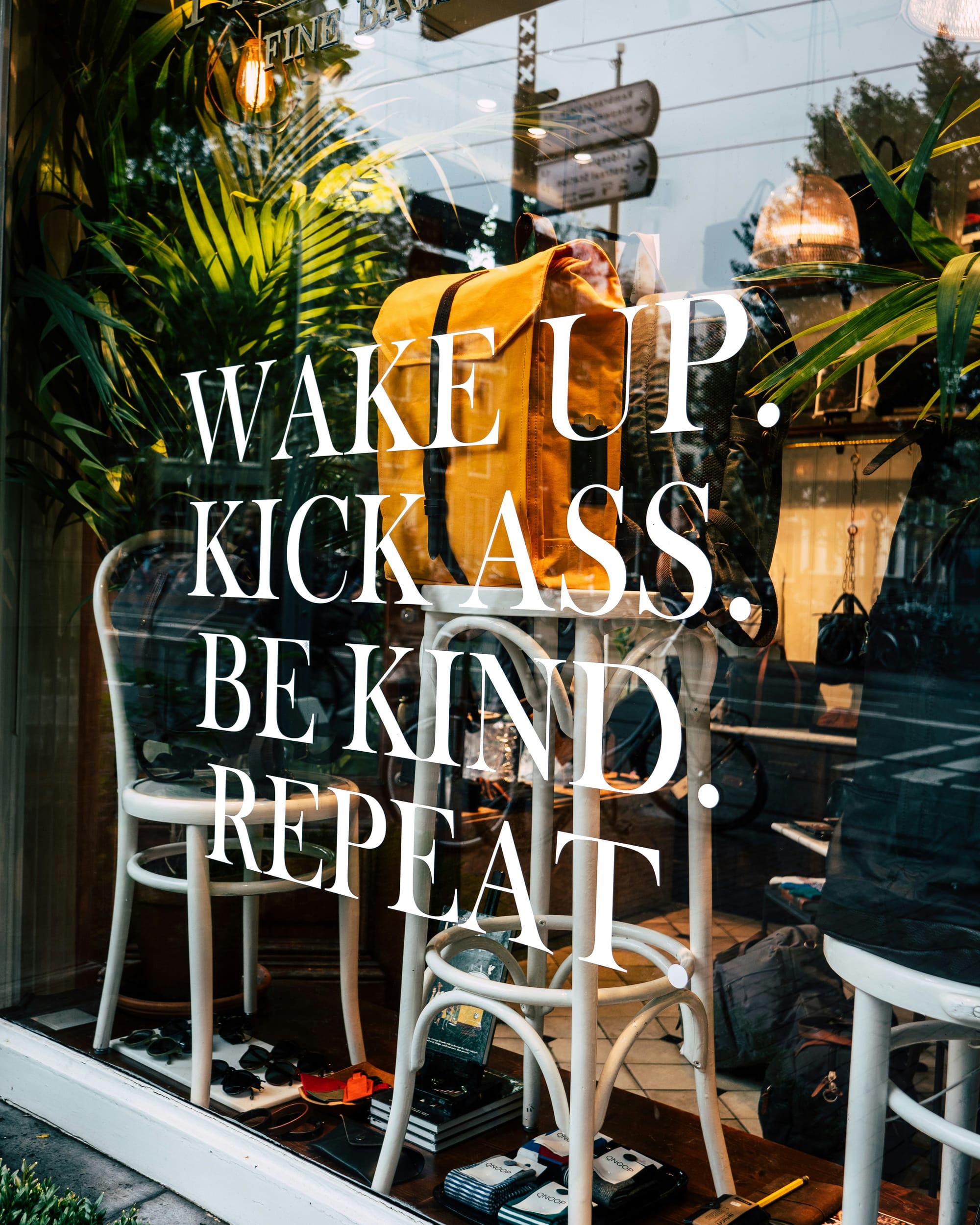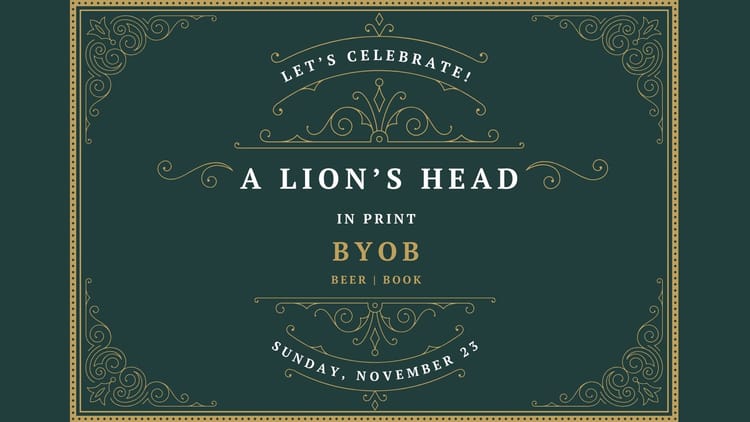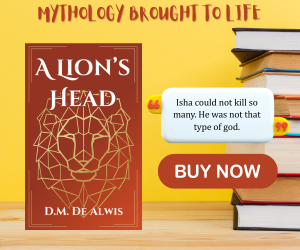Adventures in Cold Calling Booksellers

On Saturday, I held my second-ever book-selling event for my children's books.
My children's books are a passion project. I did not venture into this tangent with the expectation of success. While I did submit the manuscript for "Which Feeling" to at least one open submissions call (Scholastic.ca), my efforts have mostly been spent on writing, revising, and publishing my historical fiction novels.
The first time I sold my books was at Comicon Toronto. In a room full of talented and established artists, my son's artwork won the attention of countless children and their parents who attended the event. Most promising was the attention from educators who voiced the need for picture books that taught emotional intelligence to young readers.
That was my first trust signal to proceed.
I sold two books at that first event. The event last weekend had me selling six books over the course of five hours. While the day started slow, foot traffic from families converged on us around lunchtime. You could tell the kids who read from those who didn't. I sat next to two other children's book sellers.
Learnings from Selling Books in Person
I encouraged parents and children alike to page through my books. They could read the whole thing while standing there if they liked. Over time, I mentioned the read-along YouTube channel to those who were enthused but not in a position to buy.
The parents were grateful to find material that appealed to their kids.
That was my second trust signal; my books need to be seen.
What is lacking is my book's exposure to the outside world—the opportunity for readers to discover and browse through it. Sadly, in our digital world, it's not as simple as reading the description and seeing a book's cover. This is also why there is so much power in a book review or recommendation.
By the second hour of selling books, I confirmed what resonated with my readers and their parents.
Value Proposition of my Children's Books
These are the elements that make my books stand out from others.
- One book teaches children how to handle rejection by opening up to other possibilities.
- One book helps children and parents open dialogues around grasping and understanding new concepts.
- Often, parents lack the time or mental space to respond appropriately. Both books help parents reinitiate those important conversations with their children.
- These books are fun to read aloud to preschoolers or by early readers.
- Offering a reasonable price when buying two books (optional).
Sign up for the free monthly digest—a summary of my author journey, podcast episodes, and the latest books available at bookstores.
Support my work and keep it coming.
- Comments on posts.
- Free access to the archive.
- A monthly update to your inbox.
- No Spam. Unsubscribe anytime.
How do I go about getting my books into bookstores?
My Local Options
I googled local bookstores. Where I live, we buy books at Indigo/Chapters, Mastermind Toys & Games, and very few independent bookstores. Books are also found at Walmart, Loblaws Supercenters, and ToysRUs. I was disappointed to quickly find that there is no one at the receiving end of most corporations who considers local authors. While store and franchise owners may be enthused, they're dependent on the rules laid out by their management, which often ends with a phone number and no specific person to contact.
Indigo/Chapters were the most promising. On their website, they ask that authors contact individual stores with their requests.
Independent Bookstores
I wish we had more near me.
Living North of Toronto, cold calling a few locations yielded the same response.
Email us with your request, and we will consider it.
Naive Expectation
I sent out nine emails today and then created a reminder to send out at least three emails a week. I can work my way outward throughout Canada (and the world) and track my progress via a spreadsheet. Perhaps my work will resonate with booksellers, and they'll stock a few copies of my books.
I imagine each bookstore stocks a few copies—these sell. With dollar signs in my eyes, I envision getting 1000 booksellers to stock a few copies...

Reality Check
I thought IngramSpark Distributed books. They distribute print-on-demand (POD) books. I'm not ungrateful or anything. I read what I wanted to read from their marketing propaganda. You can order my books from any country in the world.
On contacting Indigo, they politely corrected my assumptions. They can only sell my work on consignment—the next chapter for this blog.
How could I be so stupid to think it would be so easy?
I live in Canada. We're currently in a trade war with the US. All of IngramSpark's print-distributors are south of the border. I have yet to hear back from the American booksellers I contacted.
I found this study by Melissa Swan, Into the Hands of Readers: Book Distribution in Canada and Alternatives for Small Publishers, to be very informative and helpful.
The new challenge: Source a reliable printer to supply me with inexpensive print copies of my books on this side of the border that I can distribute to bookstores. Start with a one store and see how it goes before considering expansion.
Why Source a Local Printer for my Consignment Books?
[Price of book] - [cost of printing and shipping book] - [45% of sale price to bookstore] = [my profit].
A book that is competitively priced at $15, and costs $7.25 to print+ship, with the bookstore taking it's $6.75 yields a $1.00 profit. (Both IngramSpark and KDP shipping costs are brutal. Let's not factor in the tariffs shall we?)
The good news is—I own my copyright. I have my ISBN. It's my imprint. I already own or have created the files I needed for IngramSpark and Amazon.
I trust that this will be a long, iterative process that relies on my tenacity and willingness to do outreach. I will post more once I hear back. Wish me luck!
-D.M. De Alwis


Need a Coach?
If you need help
- finishing your manuscript,
- getting your work print-ready,
- outlining your marketing and sales strategy,
- connecting with your audience...





Member discussion